![Maritime Silk Road 500 years older than thought]()
Chinese ceramic sherds dating to the Tang and Song dynasties (9th to 11th centuries AD) that have been recovered in Spain proved that trade links already existed between China and Western Europe along the Maritime Silk Road at that time.
![Ancient walking whale uncovered in Peru]()
A quadrupedal whale is described based on a skeleton from the middle Eocene of Peru. It combines terrestrial locomotion abilities and use of the tail for swimming. This is the first record of an amphibious whale for the whole Pacific Ocean
![Environmental Archaeology Training Program]()
The Environmental Archaeology Training Program will take place at the Koç University Research Center for Anatolian Civilizations (ANAMED) in Beyoğlu, Istanbul from September 6th to 9th.
![Mystery shrouding Dickinsonia that oldest animal fossil]()
ANU scientists solve mystery shrouding oldest animal fossils. These soft-bodied creatures that lived 558 million years ago on the seafloor could, in principle, have had mouths and guts - organs that many palaeontologists argue emerged during the…
![Three thousands years of silver goblet found in Ardabil]()
Archeologists unearthed a 3,000-year-old silver cup during archaeological excavations in the northwestern Iranian city of Khalkhal on Wednesday.
![Fossil of biggest Tyrannosaurus rex found in Canada]()
The enormous dinosaur, which was 42 feet long and weighed 19,400 pounds, roamed prehistoric Saskatchewan 66 million years ago and was nicknamed Scotty.
![The first farmers of central Anatolia]()
Anatolia was home to some of the earliest farming communities. It has been long debated whether a migration of farming groups introduced agriculture to central Anatolia. First Anatolian farmers were local hunter-gatherers that adopted agriculture.
![Oldest shipwreck in the world at Antalya]()
A new shipwreck from the Bronze age discovered in Turkey.
![Archaeologists find Mayan oblation cave and relics at Chichen Itza]()
Mexican archaeologists say they have found a cave at the Mayan ruins of Chichen Itza with offerings of about 200 ceramic vessels in nearly untouched condition. The National Institute of Anthropology and History says the vessels appear to date back to…
![Collapsed wall reveals Ottoman-era mosque in Mardin]()
Turkish architects found the ruins of an Ottoman era mosque after a retaining wall collapsed on Monday in the southeastern province of Mardin.
![Elixir of life found in city of Luoyang of China]()
Elixir of immortality found in central China's ancient tomb
![Love letters sent by Hurrem Sultan to Suleiman the Magnificent]()
Ancient letters reveal most famous Ottoman love story
![Ara Gülers photos of Aphrodisias Ancient City are on display]()
Ara Güler Museum's second exhibition “Aphrodisias’ met with art lovers.
![The inscription unearthed in Israel: Only God help the beautiful property of Master Adios, amen]()
The estate, discovered in a major Israel Antiquities Authority excavation ahead of new neighbourhood construction initiated by the Israel Lands Authority, contains a rare inscription, adding to the evidence of once-extensive Samaritan settlement in…
![Obsidian reached Poland from such distant regions as south-eastern Anatolia]()
Dr. Dagmara H. Werra from the Institute of Archaeology and Ethnology of the Polish Academy of Sciences in Warsaw. The archaeologist analyses artefacts made of obsidian brought to the lands of present-day Poland in the Stone Age.
![Experts say there was no Ottoman edict allowing Lord Elgin to remove them]()
Turkish researchers Prof. Dr. Fatma Zeynep Aygen and Orhan Sakin presented the results of a long study of the Ottoman Empire’s official documents, which are related to Lord Elgin and stressed the fact that: “All the firmans as well as their contents,…




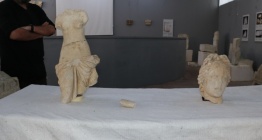



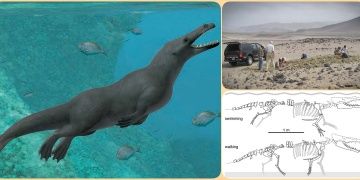

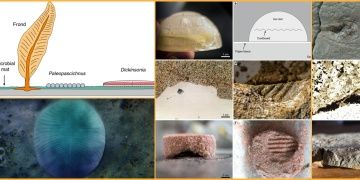
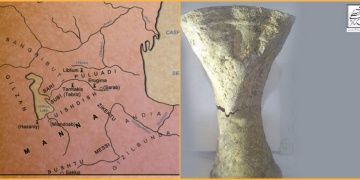


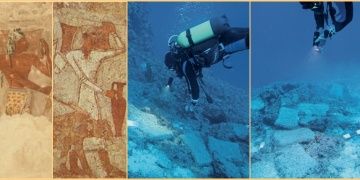


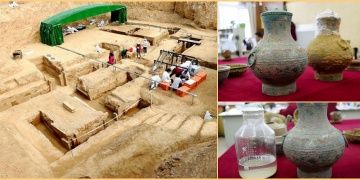

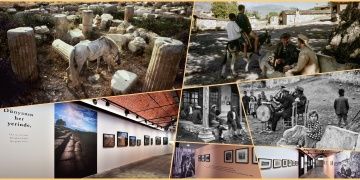

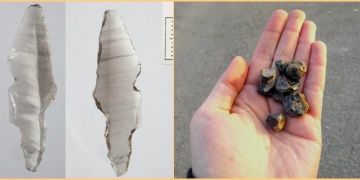







 Bir Sapiens kafilesi Avrupa'ya buz çağında ulaştı, soğuğa direndi ama soyunu sürdüremedi
Bir Sapiens kafilesi Avrupa'ya buz çağında ulaştı, soğuğa direndi ama soyunu sürdüremedi 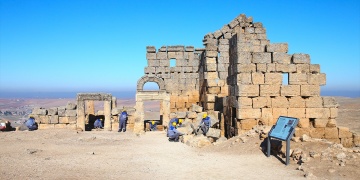 Prof. Dr. Aytaç Coşkun: Zerzevan Kalesi'nin altında bir yeraltı kenti var
Prof. Dr. Aytaç Coşkun: Zerzevan Kalesi'nin altında bir yeraltı kenti var  Arkeologlar 4 Bin yıl önce salyangozların ne amaçla toplandığını çözmeye çalışıyor
Arkeologlar 4 Bin yıl önce salyangozların ne amaçla toplandığını çözmeye çalışıyor  Binbeşyüz yıl önce Balıkesir'de batan tabak yüklü geminin batığı bulundu
Binbeşyüz yıl önce Balıkesir'de batan tabak yüklü geminin batığı bulundu